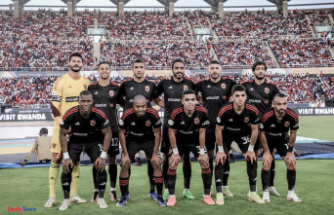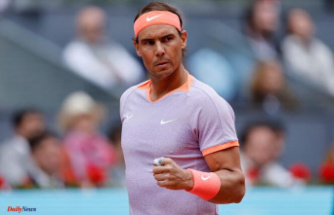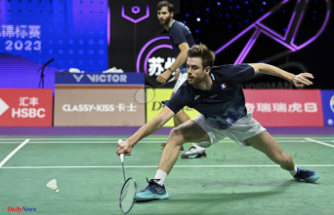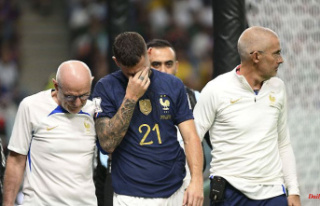After many discussions, Germany is also starting the World Cup in sporting terms: A complicated but feasible task awaits the DFB team against Japan. The Asians share a concern with the German team.
Germany's opponents: How does Japan play?
The opening opponent for the DFB selection is a permanent guest at world championships. As usual, Japan will have technically adept players and many Bundesliga players, but share Germany's concerns about the forward position. Japan is taking part in a World Cup for the seventh time in a row. The Asian representative reached the round of 16 three times. In Group E, however, the Japanese are rather outsiders, but also dangerous stumbling blocks for Germany and Spain.
play style
The biggest challenge for Japan is to adapt their own style of play to the realities of a World Cup. In the Asian qualification, the "Samurai Blue" brought in eight wins in eight games. But the dominant football that is played in the continental qualifiers cannot easily be implemented against Germany or even Spain. The fast pass football over a core of seven to eight field players in the preferred 4-2-3-1 will be rarely seen and replaced by a dedicated counter-attacking style.
Overall, however, Japanese football has changed little over the past two decades. The strengths are on the ground, so especially in the flat pass game. Ritsu Doan and a few other wing attackers bring pace into the game to counterattack on the half-space edges to quickly advance the ball. National coach Hajime Moriyasu will play exactly this card, at least in the games against the European representatives.
strengths of the team
The mentioned speed of Doan and the liveliness of a Takefusa Kubo are certainly individual strengths within the Japanese team. The finishing qualities of Daichi Kamada are similar. As a collective, the accuracy of fit is one of the great strengths, if not the outstanding quality. Japan can often hold the ball for a long time in games against Asian nations and undermine the pressing with clever line-breaking passes. This strength must also come into play under pressure from opponents during the World Cup. Both Germany and Spain will use extremely intensive counter-pressing and will not give the Japanese ball distributors any time and only rarely open passing paths. Japan has the speed and precision to counter it.
weaknesses of the team
First, there is the physical inferiority of the Japanese. It may sound like a cliché, but Japan are among the smaller teams at the World Cup, with an average height of under 1.80 metres. This inferiority has often had a detrimental effect. Apart from that, the striker question in particular is of great concern. Moriyasu chose not to call up Celtic's Kyogo Furuhashi as well as the veteran Yuya Osako. The logical options for the center forward position in 4-2-3-1 are therefore: Takuma Asano, Ayase Ueda and Daizen Maeda. The most accurate of the three, Asano, last played a competitive game for VfL Bochum on September 10th. Overall, the three attackers mentioned only come to 56 games and 8 goals in the national jersey.
It may very well be that Takumi Minamino is tried out as a nominal striker, but in reality fills a kind of drifting nine-man role. In any case, the technically gifted 27-year-old is not a classic target player.
key players
Kamada is the offensive key player of this team precisely because of his final qualities, which he demonstrated in the service of Eintracht Frankfurt in the first half of the season. In addition, in the tenth position he should not only bring ball possession phases into the last third, but also act as an essential ball distributor in switching attacks.
Arsenal's Takehiro Tomiyasu is also an important defensive player. He has the necessary physique to counteract this in the air, but as a right-back he can also drive his team forward over the flank and almost act as a kind of disguised playmaker.
How should Germany play against Japan?
First of all, the DFB-Elf will have to stop the Japanese speed game. A trick here could be to adjust the counterpressing a bit. Normally, Germany tries to condense the middle after losing the ball and not allow passes in this area of the field. The danger lurks in Japan but above all on the wings. In this case, the DFB team could even consciously direct the opponent through the middle and not allow passes to the sides. (See grafic.)
Should it be a long draw or even worse for Germany, Niclas Füllkrug would of course be an option in the second half due to his skill in the air. Although central defenders like Maya Yoshida and Hiroki Ito are similar in size to Füllkrug, they are at a slight disadvantage when it comes to timing against the Bremen striker, who could convert one or the other cross. It would be the crowbar variant, but that's occasionally needed against tricky opponents like Japan.












